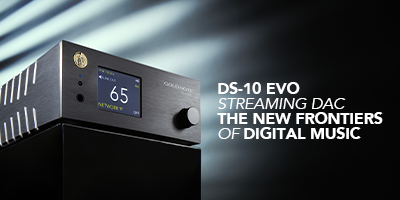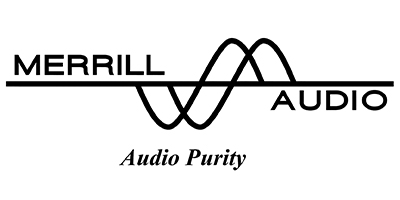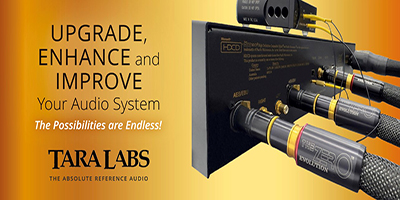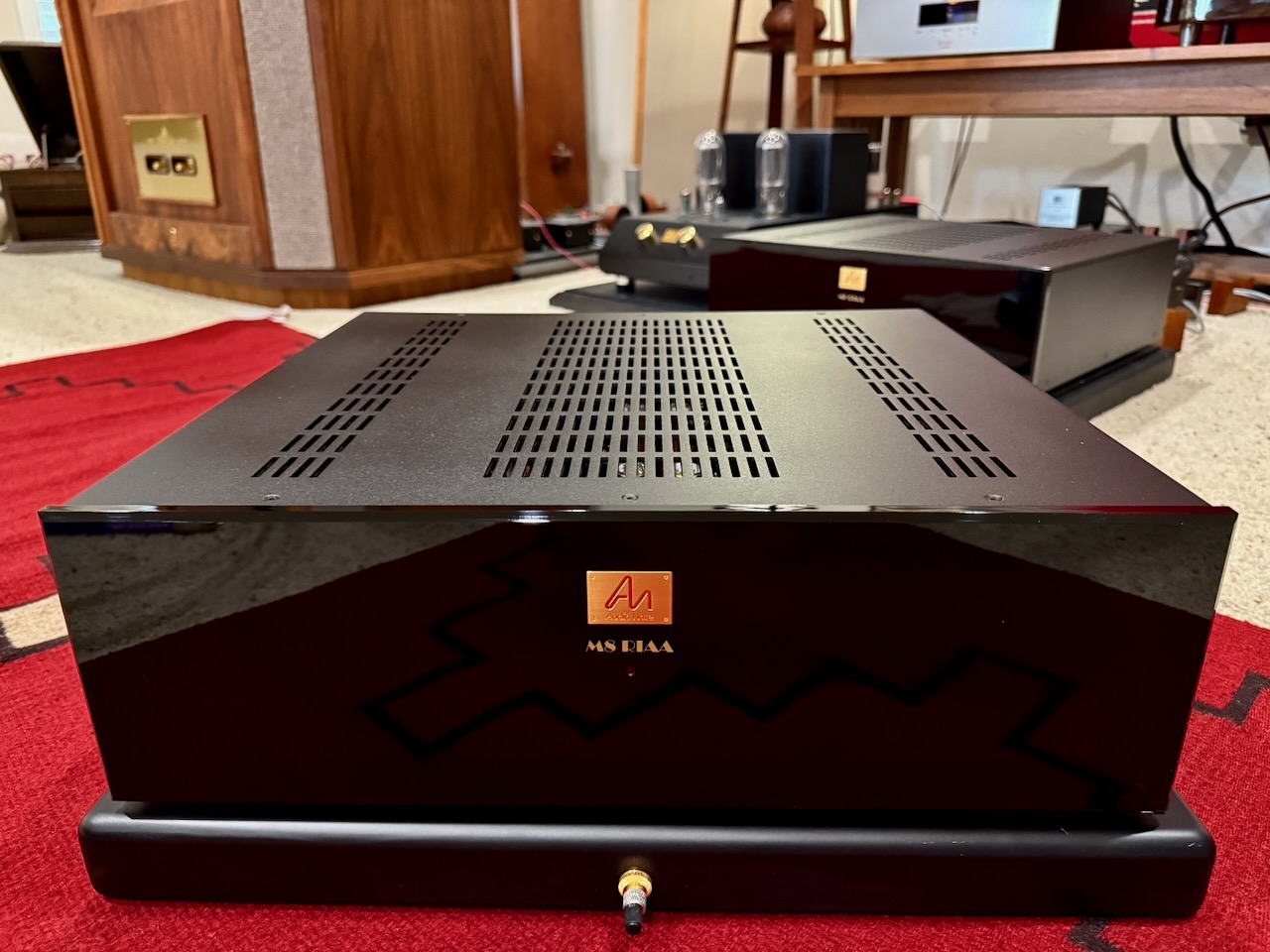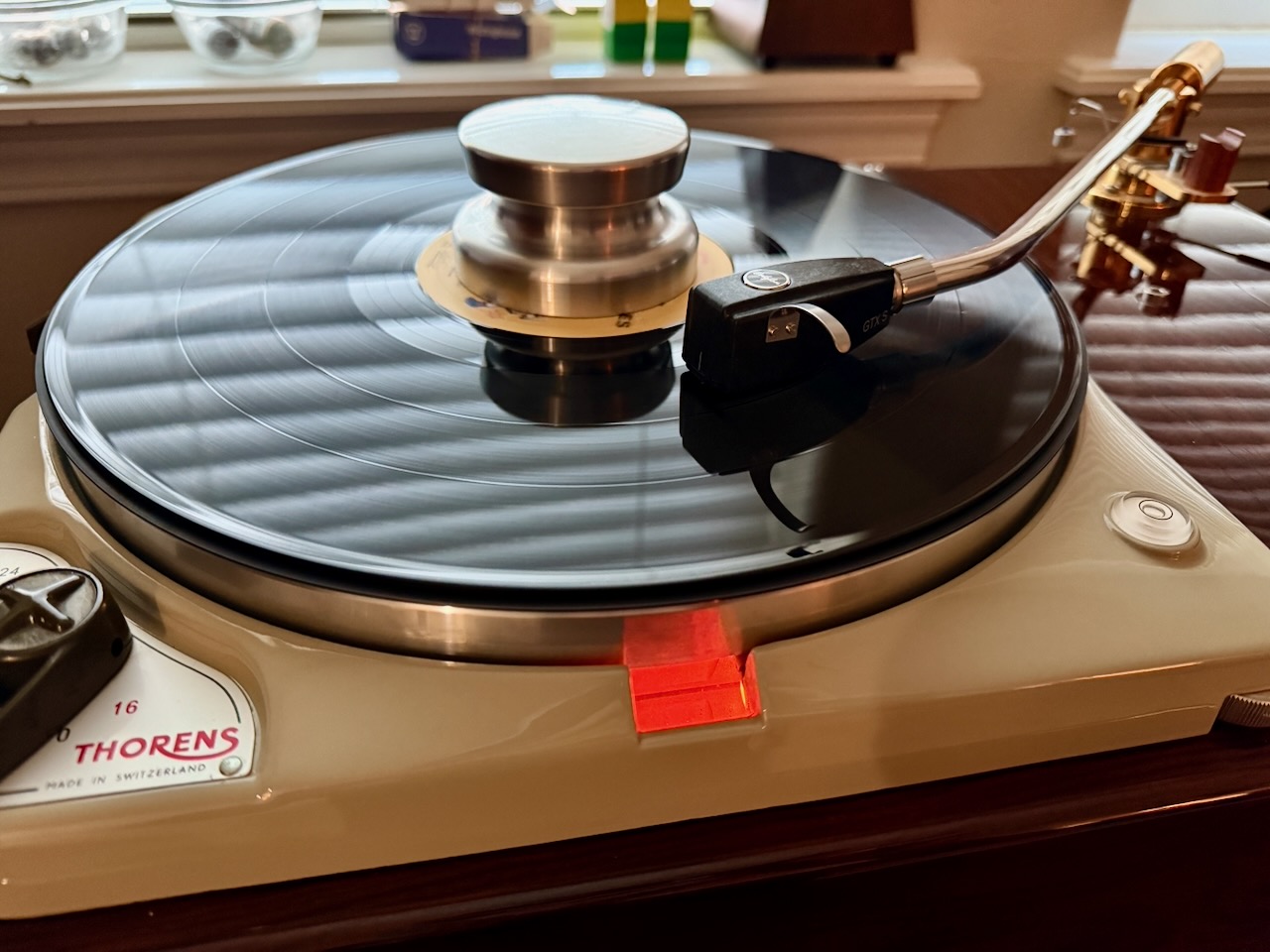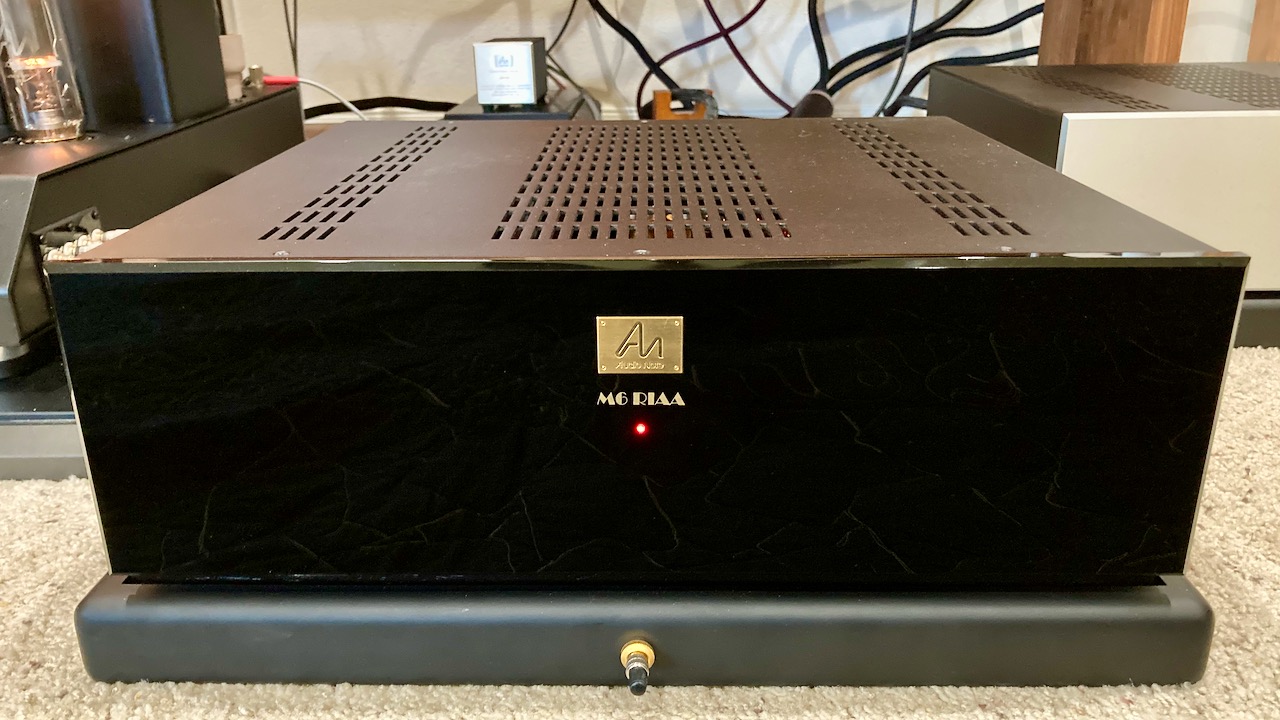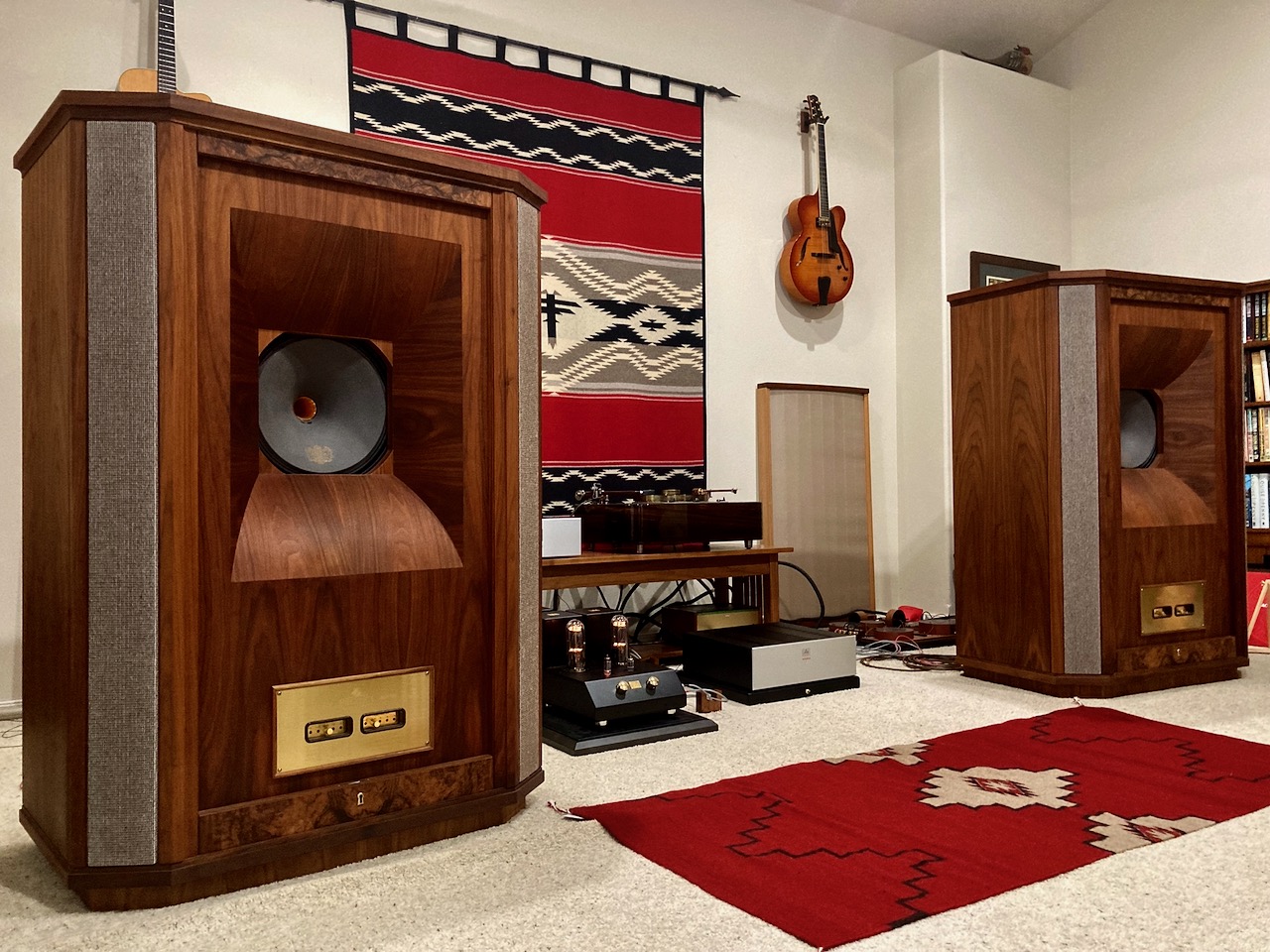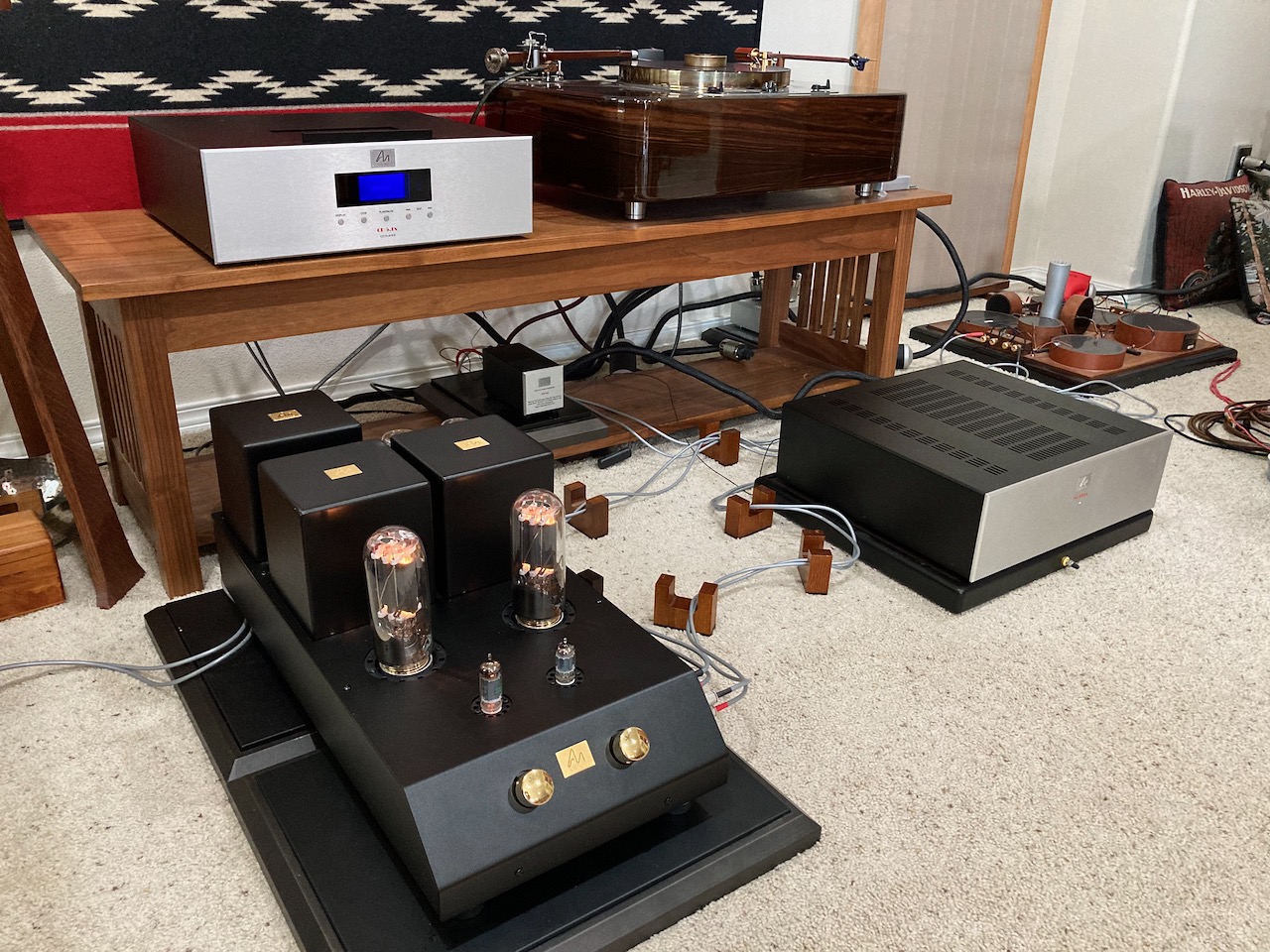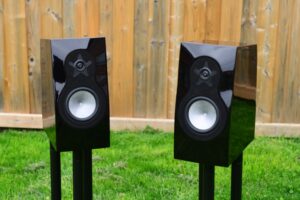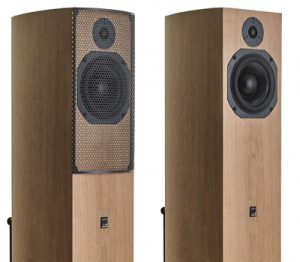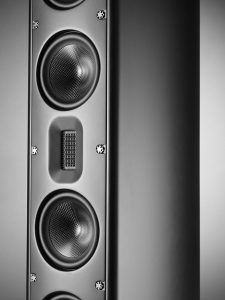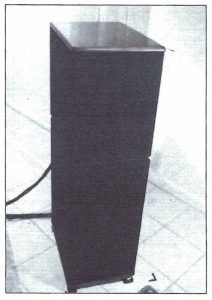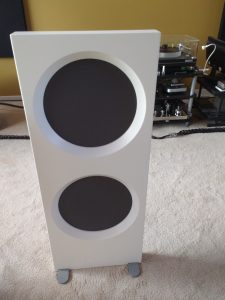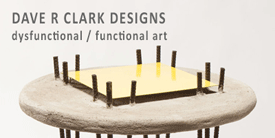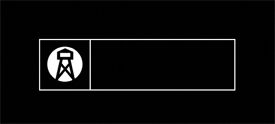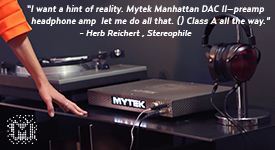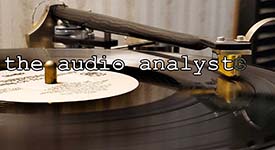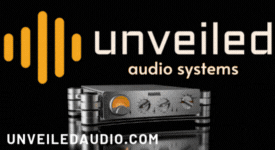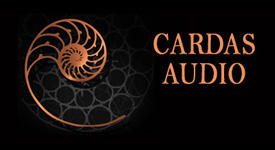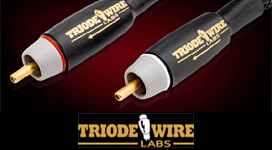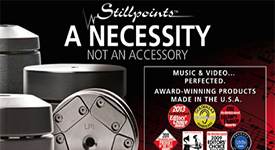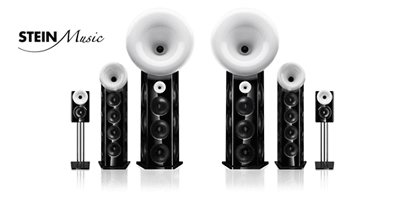The Duelund-Corona 832A Project Audio System
In all three of my Altec based audio or audio-visual systems, I've eschewed the orthodox audiophile style of positioning the loudspeakers out into their rooms, and instead gone with room boundary positioning.
In my Altec A5 Voice of the Theatre loudspeakers based audio-visual system, room boundary positioning was a necessity as the loudspeakers were too large and the room too small, to do audiophile style positioning of loudspeakers. It turned out really well and sounds great. Ditto for the Stokowski Altecs in my office audio system.
My house has a bit of an unusual design in that the master bedroom is the second largest room in my modestly sized home, and is nearly as large as my main music listening room where my Tannoy Westminster Royal SE loudspeakers are located, which is my living room.
In my master bedroom audio-visual system, the room is actually big enough to accommodate the Duelund-Corona 832A Project loudspeakers being positioned further out into the room audiophile-style.
However, I wanted to position the Altec Corona loudspeakers into the room corners according to their original design intent, and to free up floor space. I figured if the room boundary positioning didn't work out well, I could always go to a more orthodox audiophile placement.
I don't have photos to show you both Duelund-Corona 832A Project loudspeakers in room boundary positions in my master bedroom, as the room is too wide for good system photos, and I'm in the middle of redecorating so the room isn't particularly presentable.
Instead, I included the diagram below to help you visualize it.
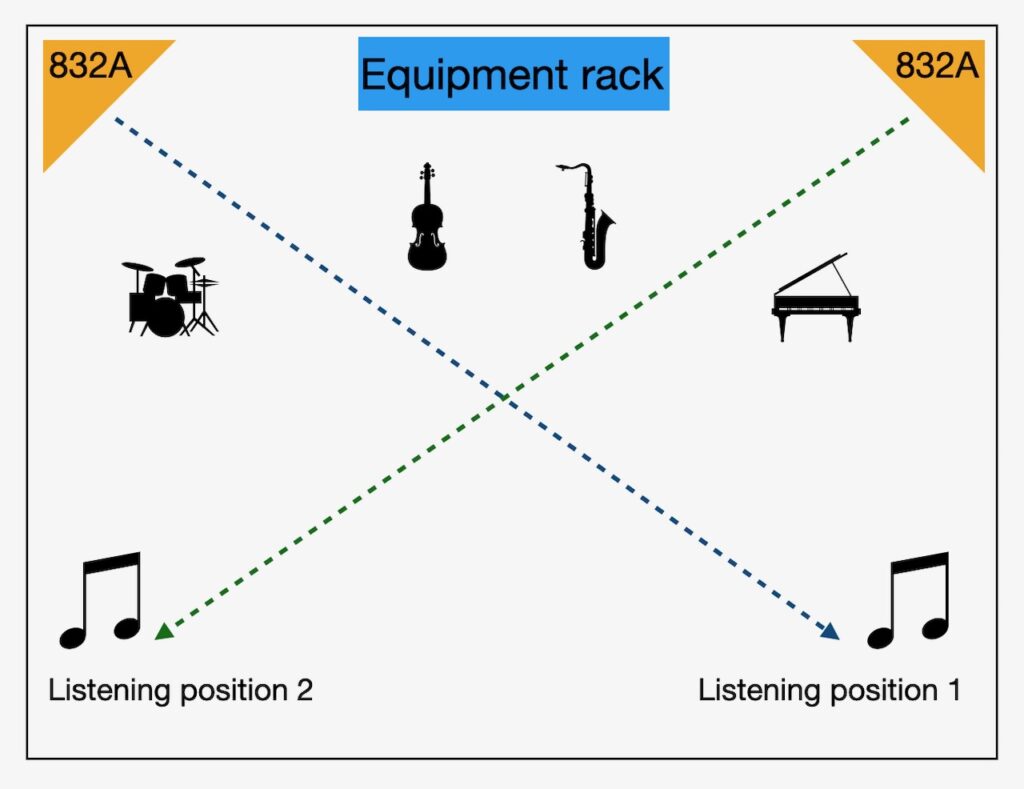
The Corona loudspeakers are positioned 14.5 feet apart in the room corners.
If I'm in listening position 1, the left loudspeaker is firing directly at me diagonally across the room from about 20.5' away, and I see the front of the left Corona loudspeaker as in the photo below.
If I'm in listening position 2, the right Corona loudspeaker is firing directly at me diagonally across the room from about 20.5' away, and I see the front of the right Corona as in the photo below.
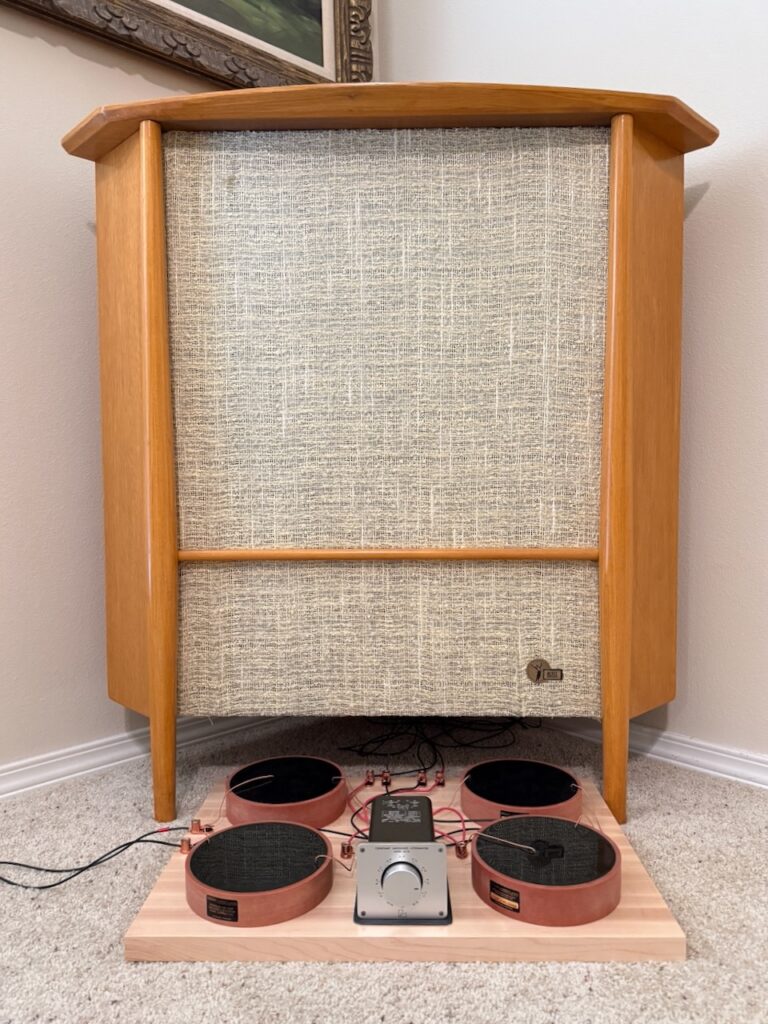
View of Duelund-Corona 832A Project loudspeaker in room boundary position.
If I'm in listening position 1 and looking directly at the right Corona loudspeaker, which is about 15' away, the photo below shows what I see. Ditto for listening position 2 when I'm looking at the left loudspeaker.
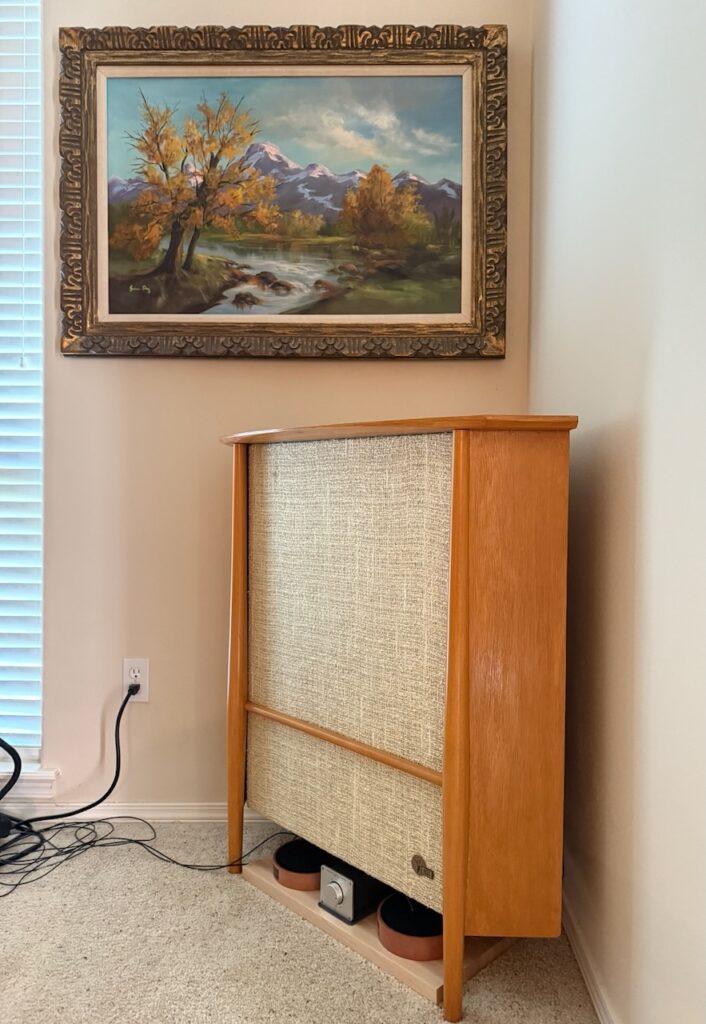
View of the Duelund-Corona 832A Project loudspeaker from the front.
These are decidedly unusual positioning and seating arrangements due to this being a master bedroom, but do they ever deliver impressive results, and those results have me rethinking what I thought I knew about loudspeaker positioning.
What really impressed me was how well that arrangement works in either of the 2 listening-viewing positions.
I had worried that Corona loudspeakers being positioned 14.5 feet apart in the room corners would be too wide to get adequate center fill between them. It turned out that center fill was just fine, and the loudspeaker placement delivered a particularly wide soundstage with higher-fidelity recordings, that filled the room's width wall-to-wall.
What really surprised me was that with higher-fidelity stereo era recordings, the soundstage and aural images projected out into the room a good six or seven feet, and the room was filled with the ambient space of the recordings.
I hadn't heard this remarkable level of soundstage performance from room boundary positioning before, except on occasion with my Altec A5 Voice of the Theatre loudspeakers when driven by the Audio Note (UK) Meishu 300B integrated amplifier, and only from select movie soundtracks.
Another interesting aspect is that the soundstage and imaging isn't affected by where I sit in the room. Whether in position 1 or 2, I never hear the soundstage pull to one speaker or the other, like I would in an audiophile positioning loudspeaker setup. It always like I'm in the "center" listening position, even though there isn't one.
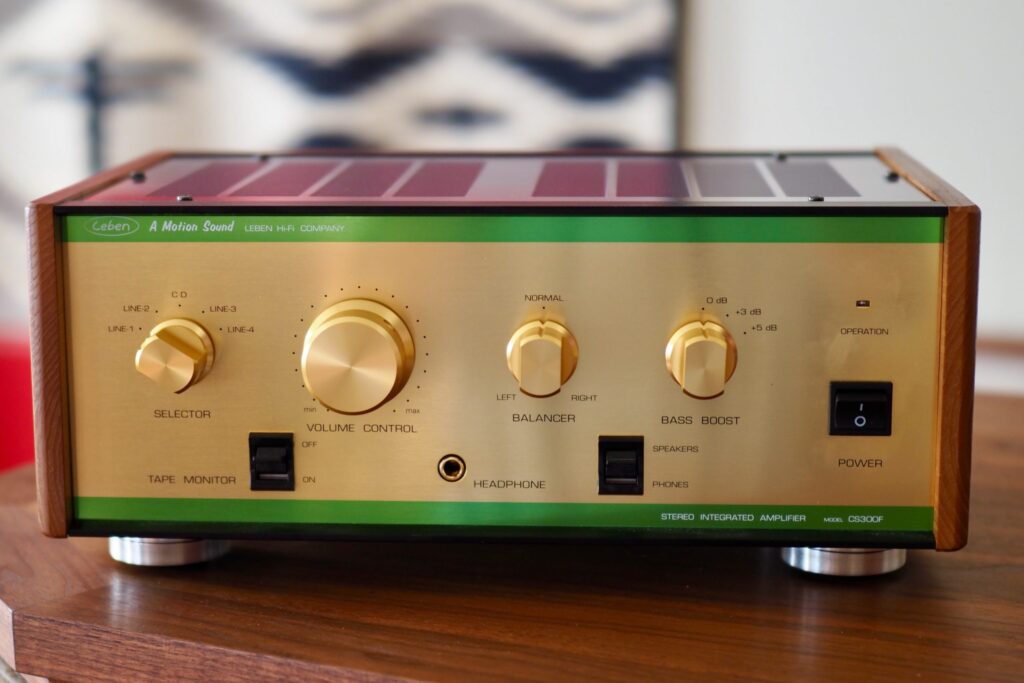
Leben CS-300F integrated amplifier.
The Duelund-Corona 832A Project loudspeakers connect to a Leben CS-300F integrated amplifier (review HERE) with Duelund 600V DCA16GA speaker cables.
The Leben CS-300F integrated amplifier shares much in common with the Leben CS-300XS integrated amplifier, but they differ in the choice of vacuum tubes and circuit.
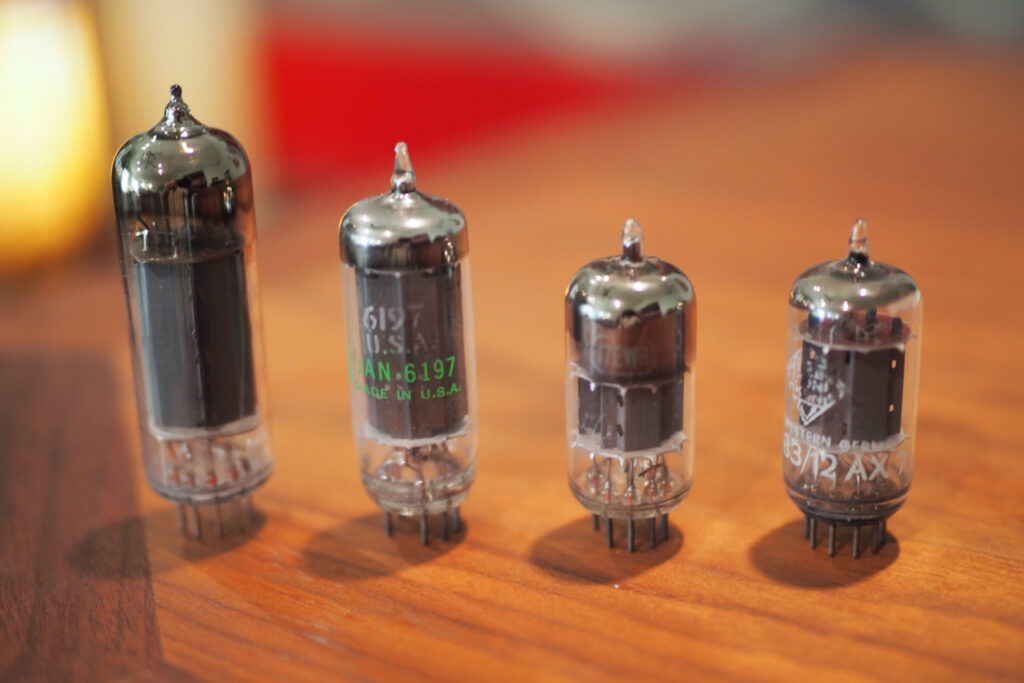
EL84 (left), 6197 (left center), 17EWi (right center), 12AX7 (right).
The CS-300F utilizes GE JAN 6197 vacuum tubes as power tubes, and 17EW8 vacuum tubes as drivers, whereas the CS-300XS uses the more typical choice of EL84s as power tubes, and 12AX7s as drivers.
Note that the GE JAN 6197 and 17EW8 vacuum tubes of the CS-300F are not interchangeable with the EL84s and 12AX7s of the CS-300XS.
While they are both power pentodes, the GE JAN 6197 is no longer in production and has a different pin configuration and lower plate resistance than the EL84, although both have 15 watts per channel output in their respective circuits. The GE JAN 6197 was originally intended for computer use, and was designed to have long term reliability and stability.
The 17EW8 driver tubes were designed for television receivers and have a heater current and voltage that is double that of the 12AX7, and again, they are not interchangeable.
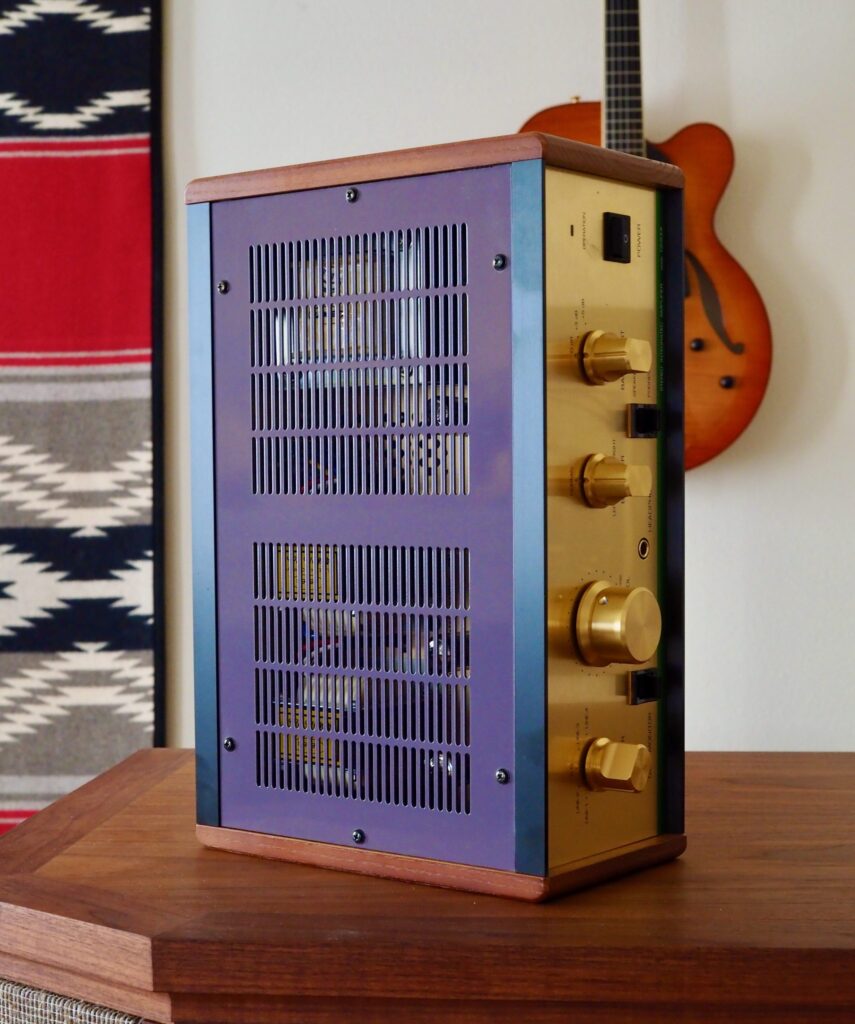
Note the purple top plate that Hyodo-san puts on the CS-300F.
Purple clothing was worn in history by emperors, kings, and queens, as purple was considered the color of royalty, and was symbolic of ancient royalty's claims of being deities, descendants of deities, or spokespersons for deities.
Hyodo-san put the purple top plate on the CS-300F to signify there is something special—something 'royal'—about its performance.
That something special about the CS-300F is that the combination of the GE JAN 6197 power tubes and 17EW8 drivers results in a liquid, astonishingly resolving and transparent, sophisticated, and nuanced presentation of the music, which suited the Duelund-Corona 832A Project loudspeakers perfectly.
Remember what I said about the Duelund CAST crossovers allowing upstream components to perform at a higher level of performance?
That was definitely the case with the Leben CS-300F, as the Duelund CAST crossovers allowed the CS-300F to achieve a level of performance that was breathtaking, and at a much higher level than I had previously realized it was capable of. I knew the CS-300F was superb, but through the Duelund CAST crossovers it was shockingly good, exhibiting its full "Royal Purple" potential.
Not only do the Duelund CAST crossovers allow the full potential performance of the Altec Corona 832A loudspeakers to emerge, but they also allowed the full performance of the Leben CS-300F amplifier to be realized, in a very impressive show of dramatic performance improvement.
From the Leben CS-300F integrated amplifier, Belden 8402 tinned-copper microphone cable interconnects connect to an Mhdt Labs Paradisea+ vacuum tube DAC, and to Yazaki-san's hot-rodded Douk U4 vacuum tube Bluetooth streaming DAC.
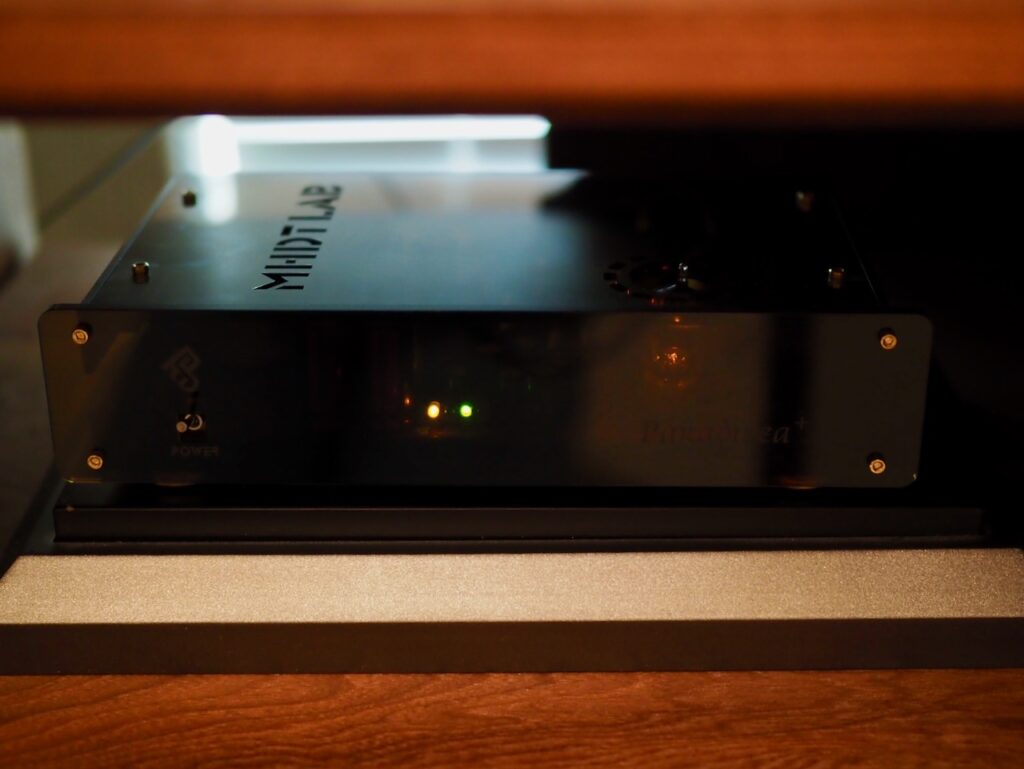
Mhdt Labs Paradisea+ vacuum tube USB DAC.
I reviewed the Mhdt Labs Paradisea+ vacuum tube DAC way back in 2008 (HERE), and as with the Leben CS-300F, the Duelund CAST crossovers revealed a remarkable level of performance boost from the Mhdt Labs Paradisea+, delivering a level of performance I didn't realize it was capable of. I'm impressed.
I'm using an inexpensive Sony BDP-BX650 BluRay player (~$100 USD), connected with a homebrew shielded DCA20GA tinned-copper interconnect through its digital coaxial out connect to the Paradisea+ DAC, so I can listen to CDs / DVDs / Blu-ray discs through the Paradisea+.

Sony BDP-BX650 BluRay player.
The performance of this combo is so good that if we listeners could have heard this level of performance from CDs back when, we would likely have had a much different perspective about what Red Book CDs are capable of from a music listening perspective. When listening to high-fidelity CDs from the stereo era of recording the performance is shockingly good.
Dramatic performance boost realized courtesy of the Duelund CAST crossovers.
I'm using my iPhone 16 Pro Max as a source to stream music to Yazaki-san's hot-rodded Douk Audio U4 vacuum tube Bluetooth streaming DAC to excellent effect.
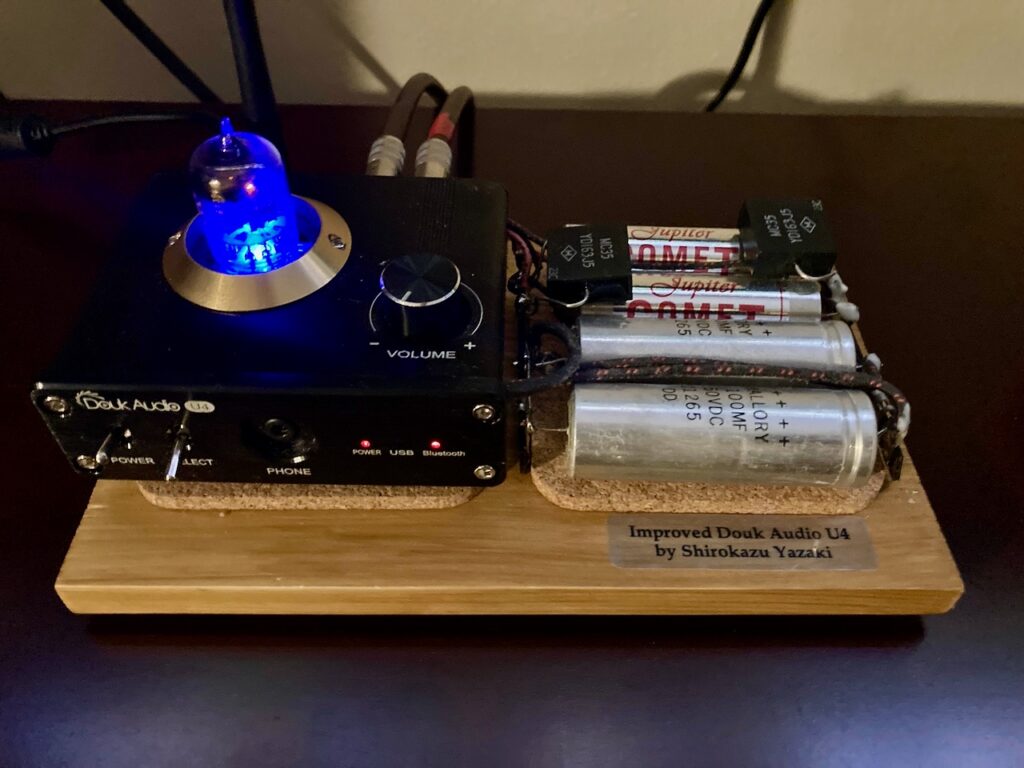
Yazaki-san's hot-rodded Douk Audio U4 vacuum tube Bluetooth streaming DAC.
I've been streaming music from Qobuz, which offers various streaming resolutions of music from the Red Book standard of 44.1 kHz / 16-bit up to "high-resolution" 192 kHz / 24-bit.
In case you are wondering, in direct comparisons I've found vinyl playback to be better than any high-resolution PCM stream I've heard so far. So while 192 kHz / 24-bit streaming is touted as being "studio quality," it is not, but it does sound quite good, and better than the 44.1 kHz / 16-bit Red Book standard.
What I haven't heard yet is the playback of DXD (24-bit/352.8 kHz) or DSD (DSD64, DSD128, DSD256, and DSD512) downloads that you can purchase from Qobuz, which I'll be listening to on the Gold Note DS-10 EVO DAC & PSU-10 EVO power supply combo.
Streaming can be a lot of fun for exploring new music, but as yet I haven't warmed up to the idea of not having physical media to add to my library. Digital files on a hard drive? Bah, humbug!
If the digital powers that be figure out how to offer DXD or DSD in a physical media format that I can make a permanent part of my music library, I'll be more interested in it. For now it is just an enjoyable curiosity for me.
Again, through the Duelund CAST crossovers of the Altec Corona 832A loudspeakers, the level of performance was elevated significantly through Yazaki-san's hot-rodded Douk Audio U4 vacuum tube Bluetooth streaming DAC. More about this in a moment.
My continual reaction to listening to music in this system was one of awe at the level of performance I was hearing, and I would just sit there in a state of shock and ecstasy as I let the music flow over me.
Please click on the link below to go to the next page.

